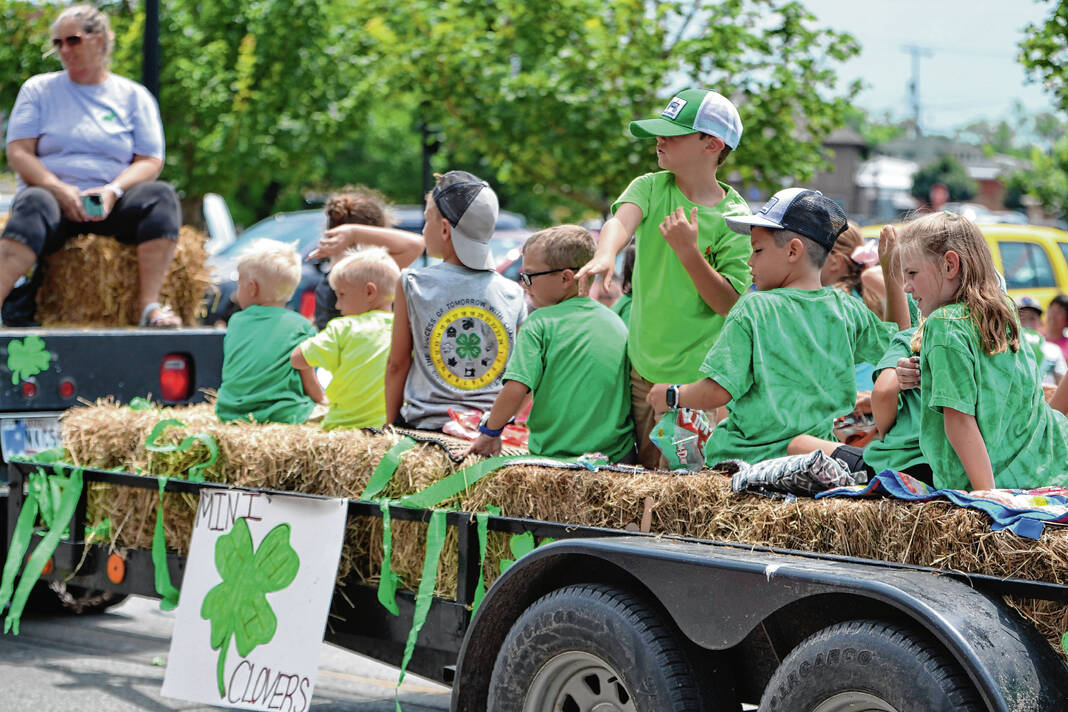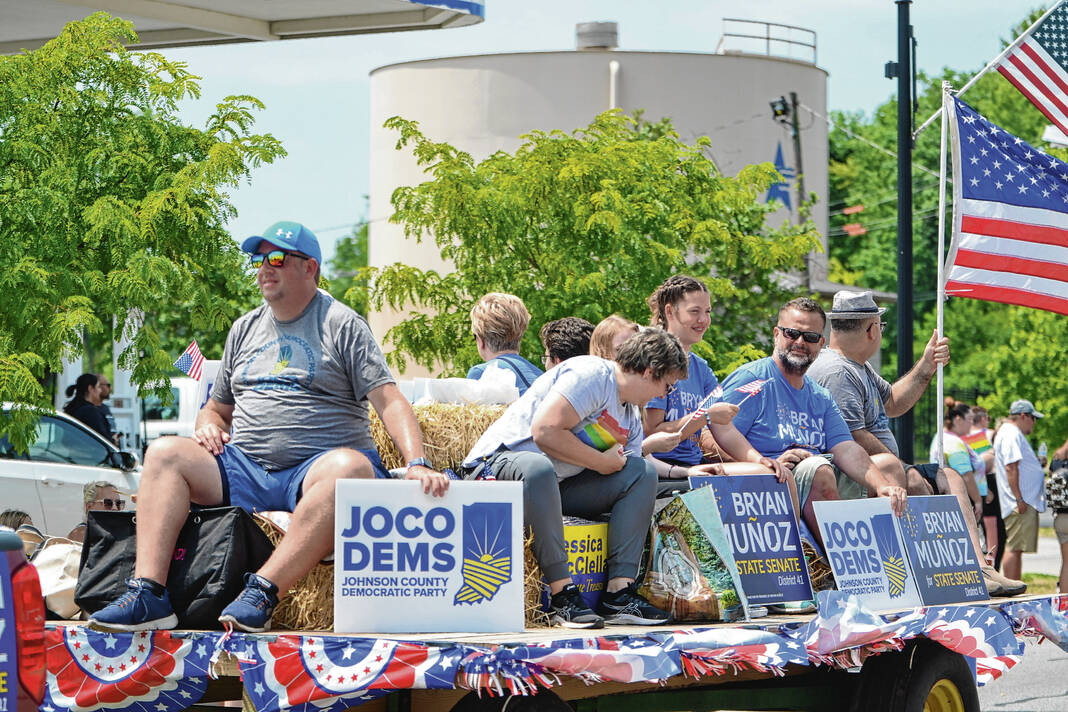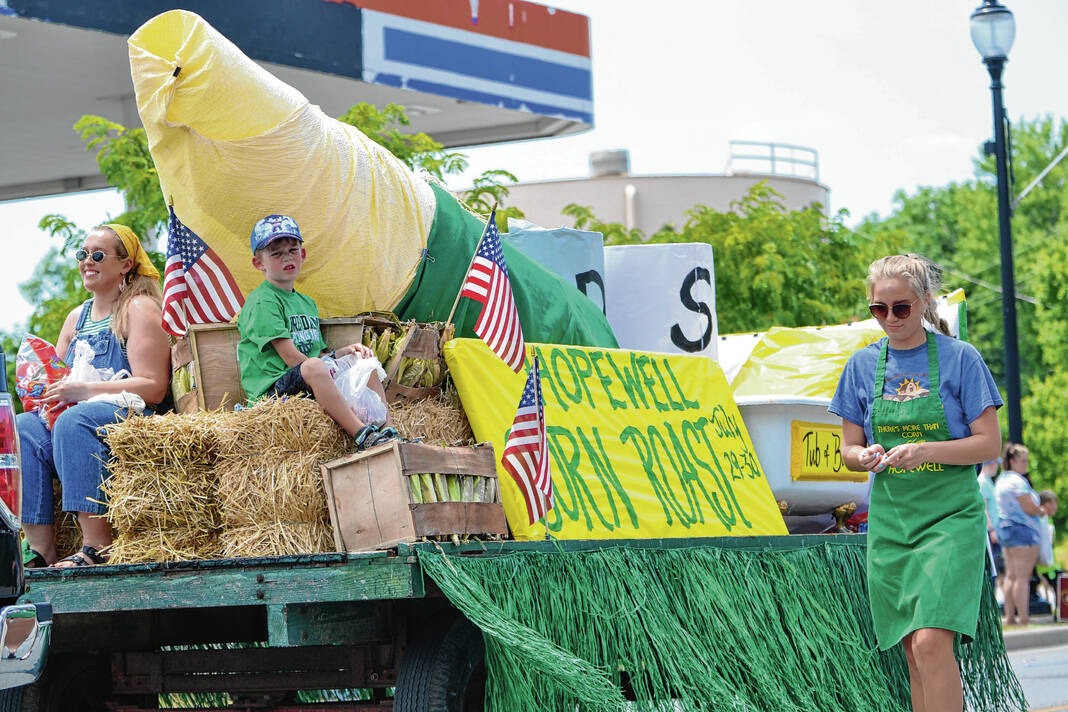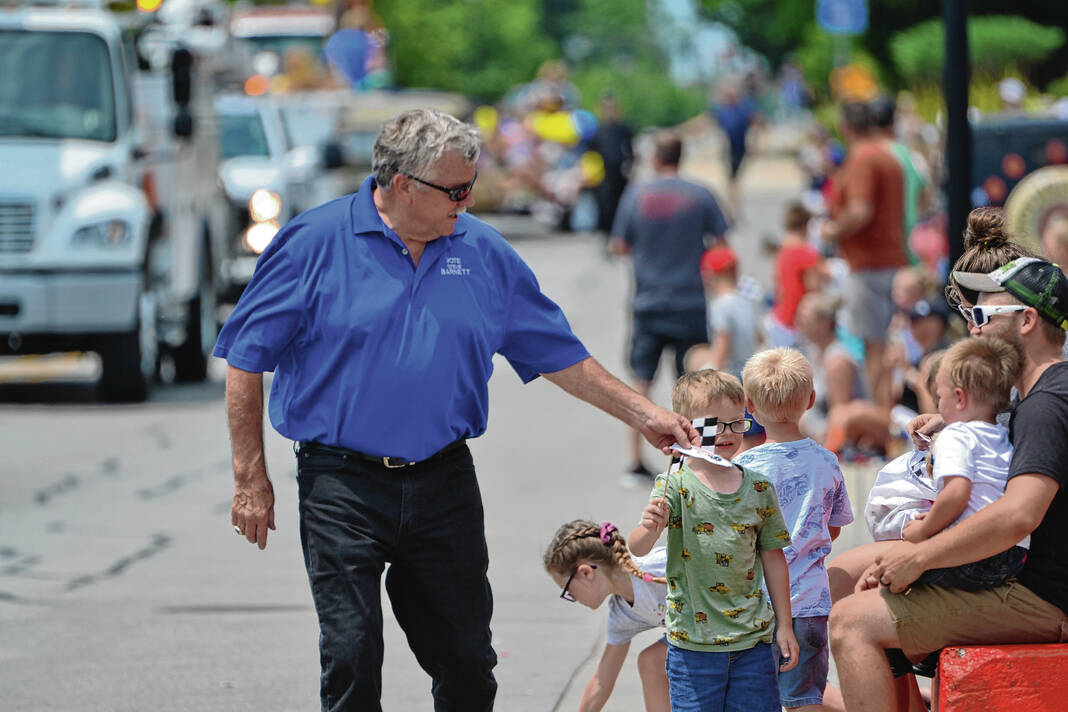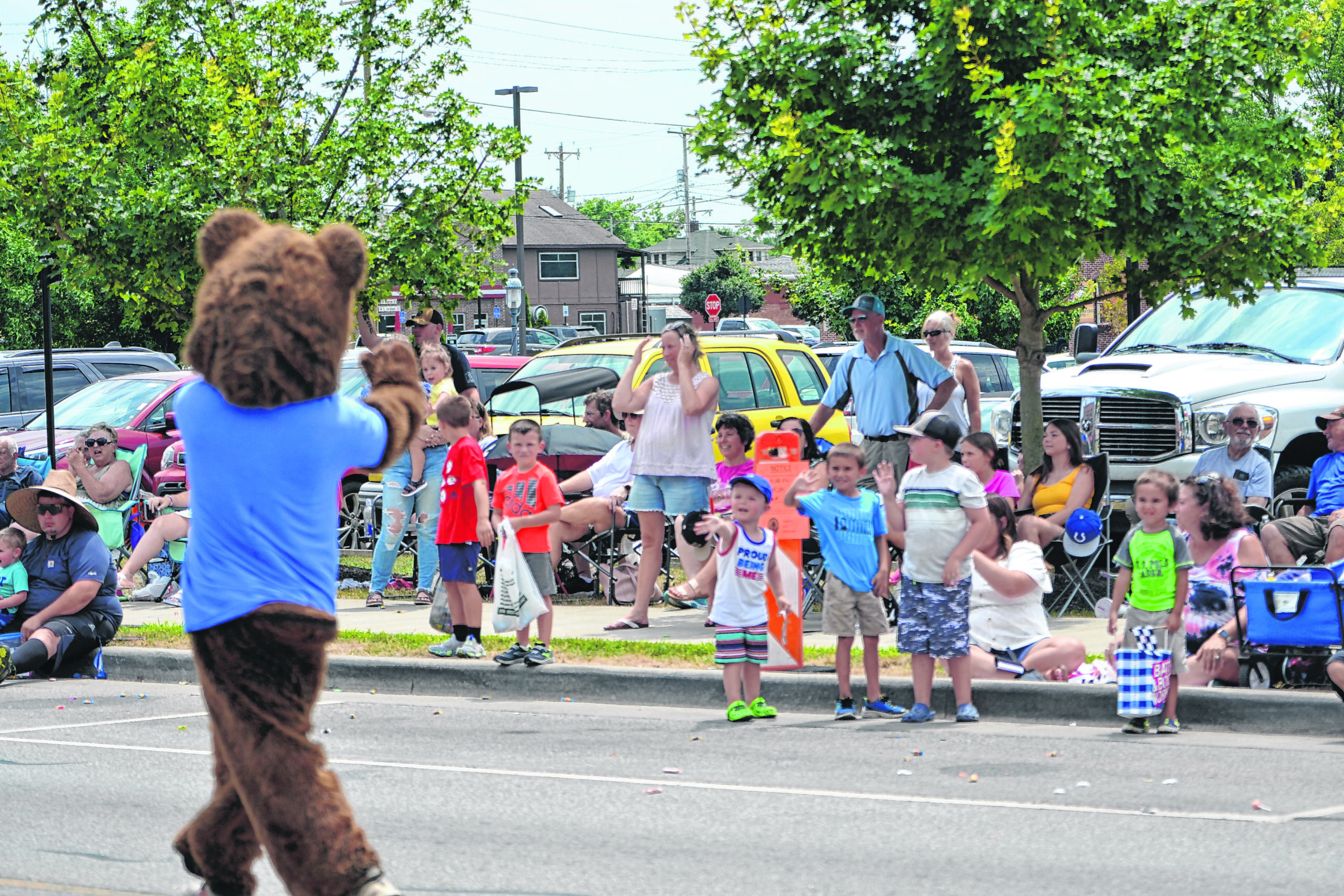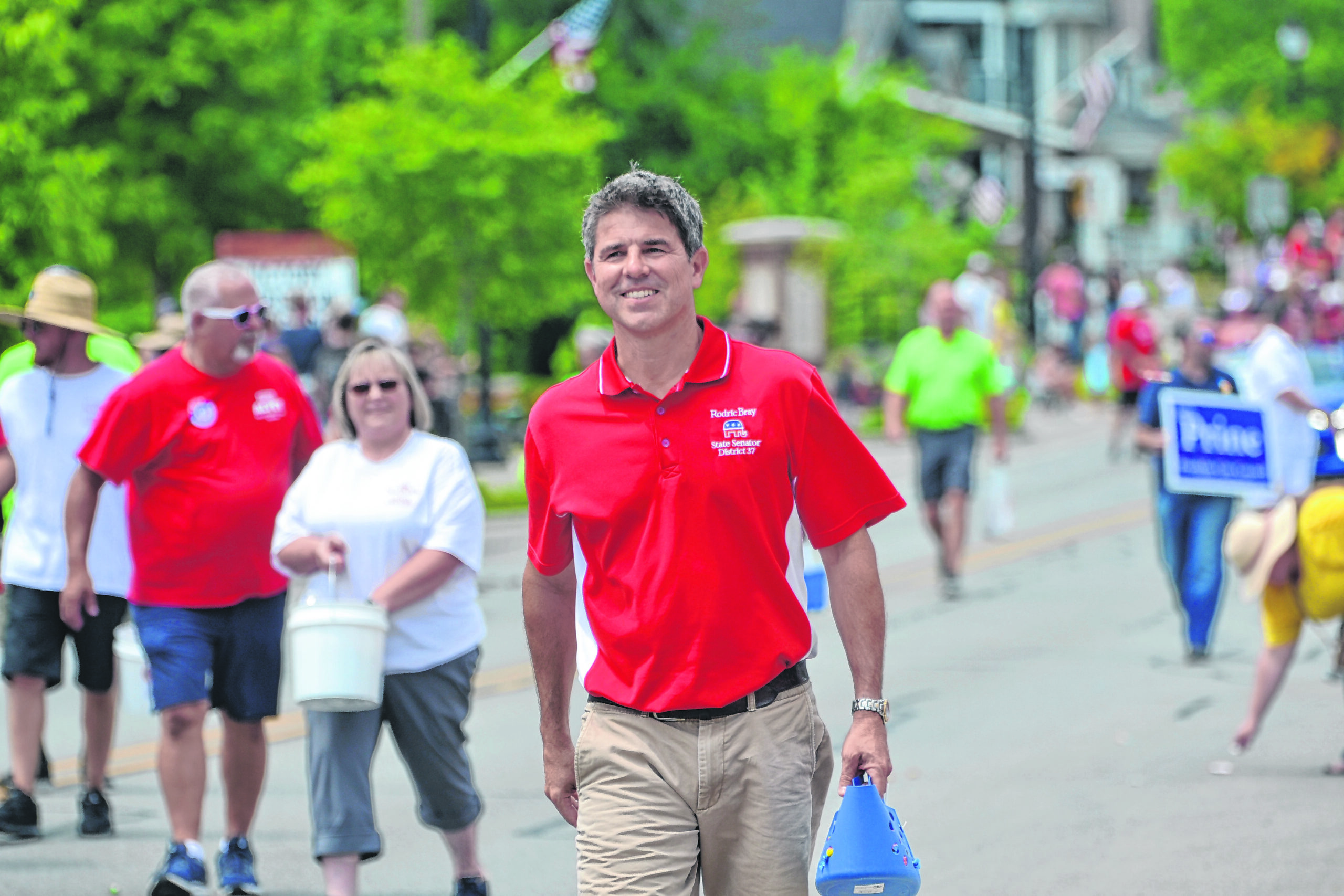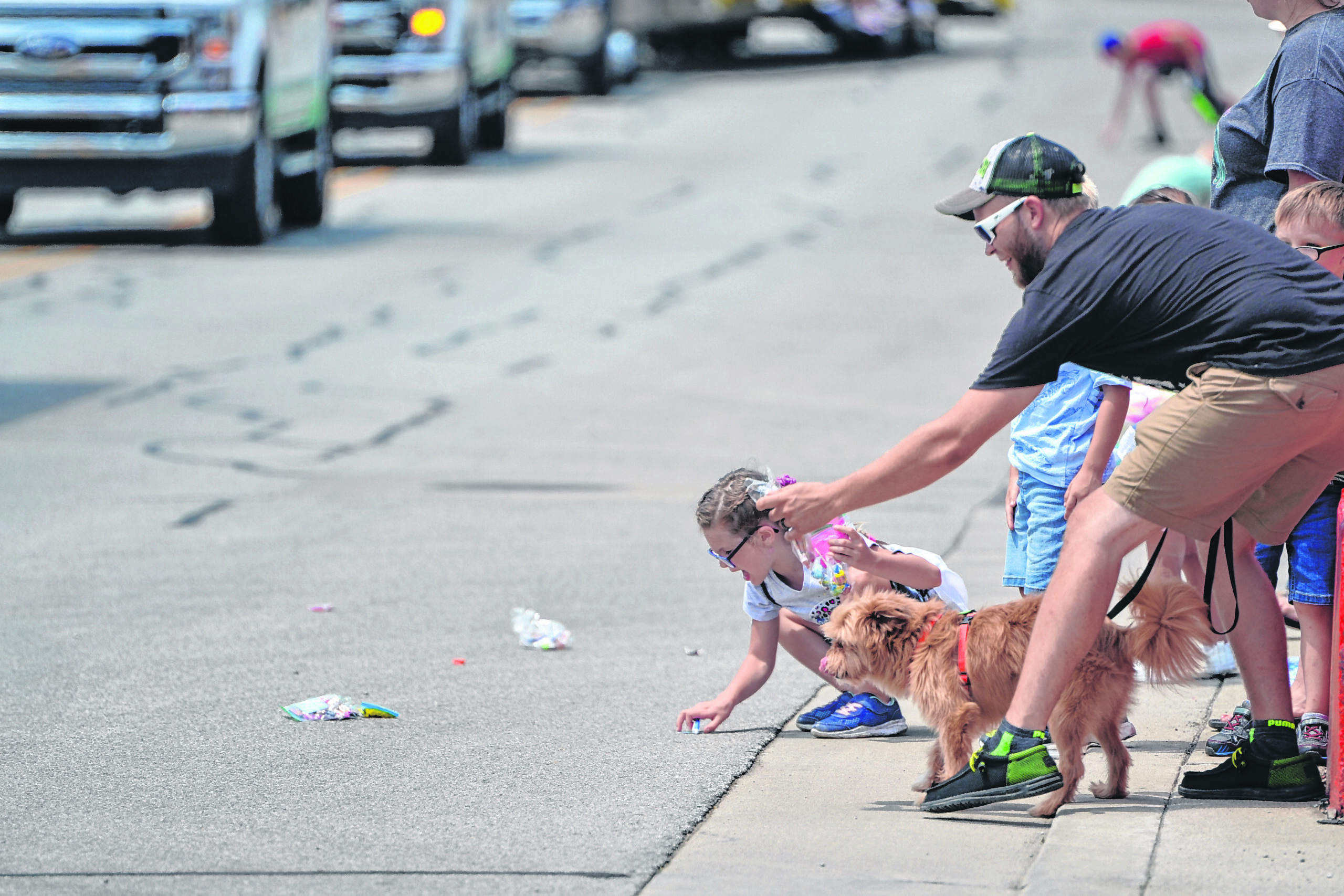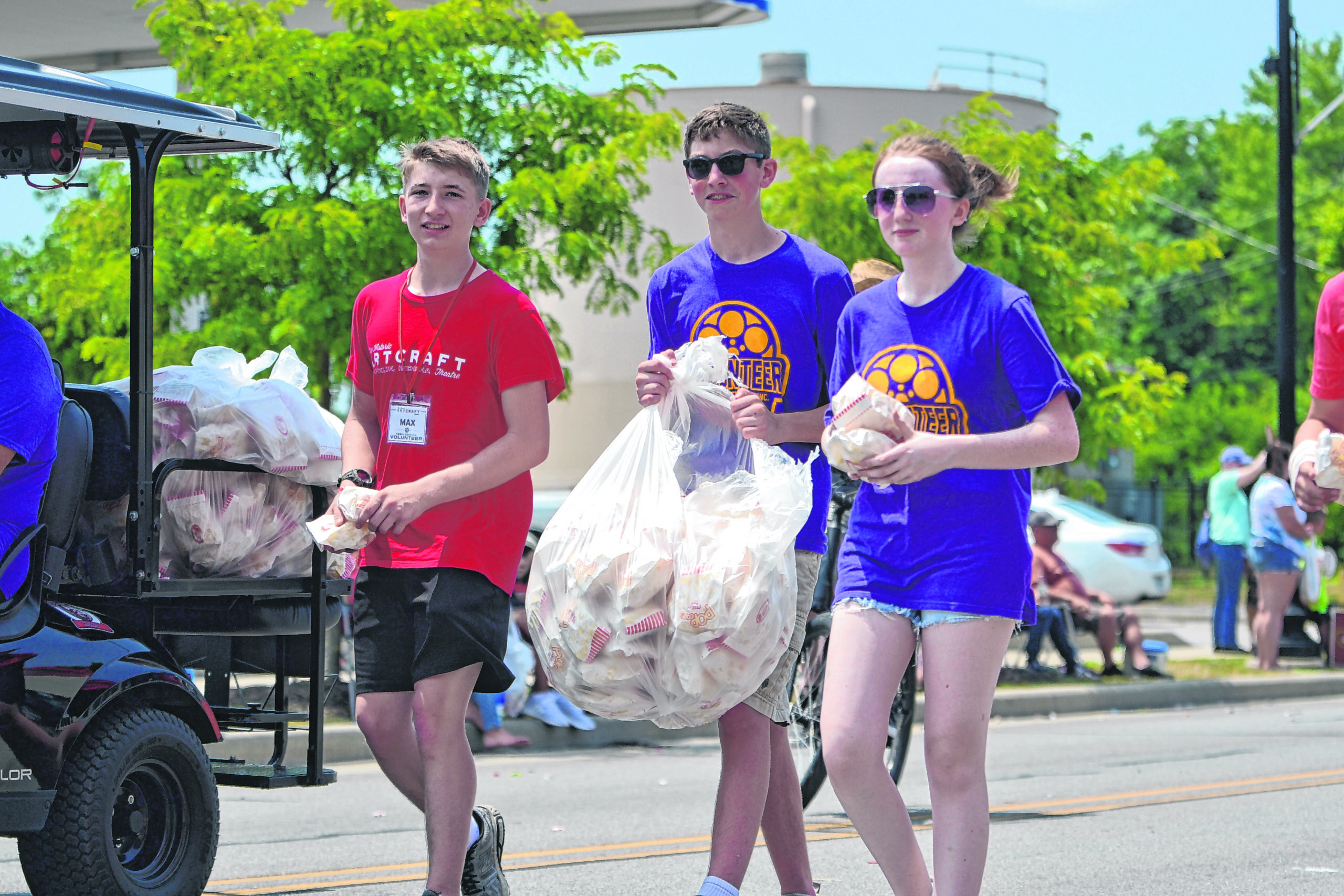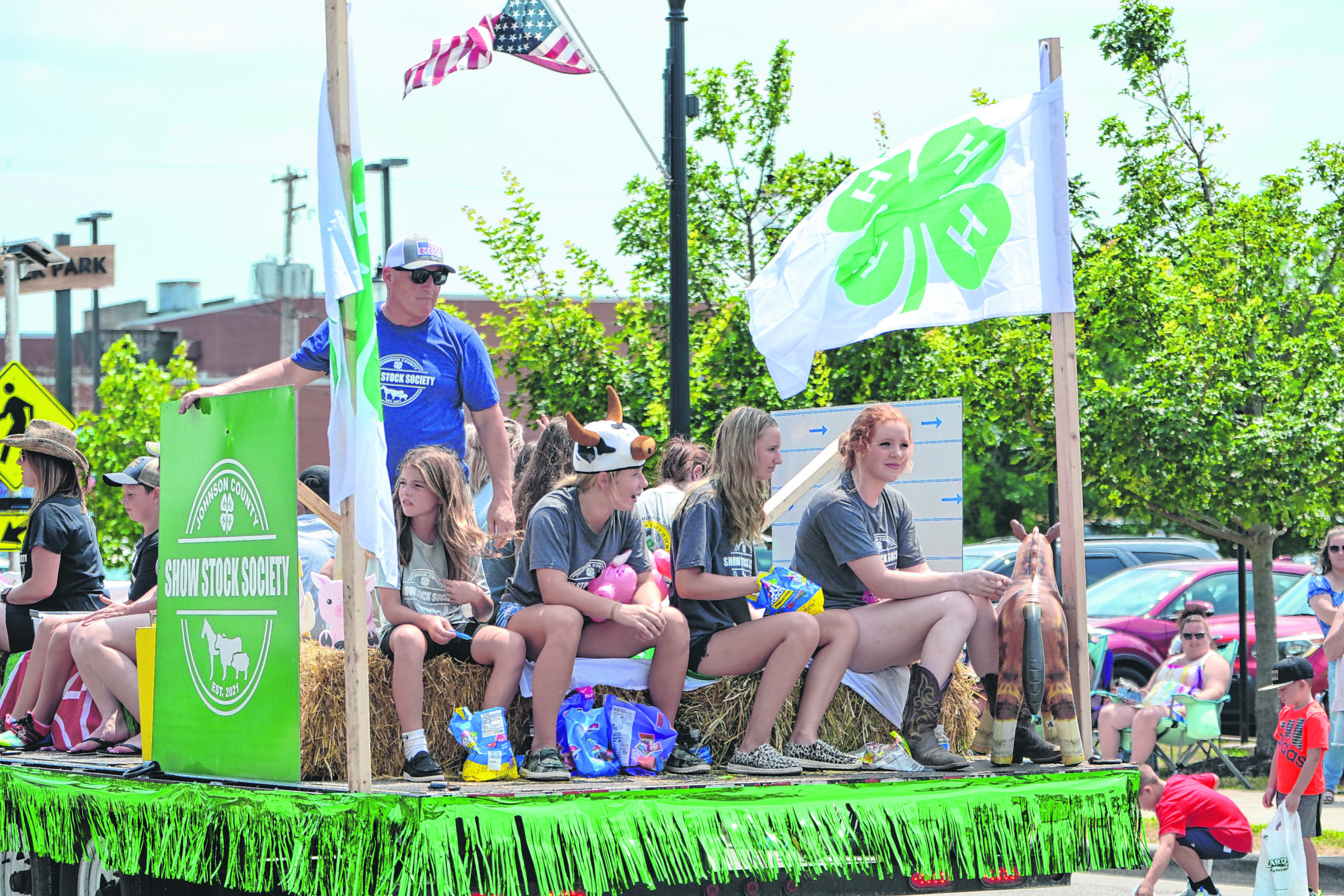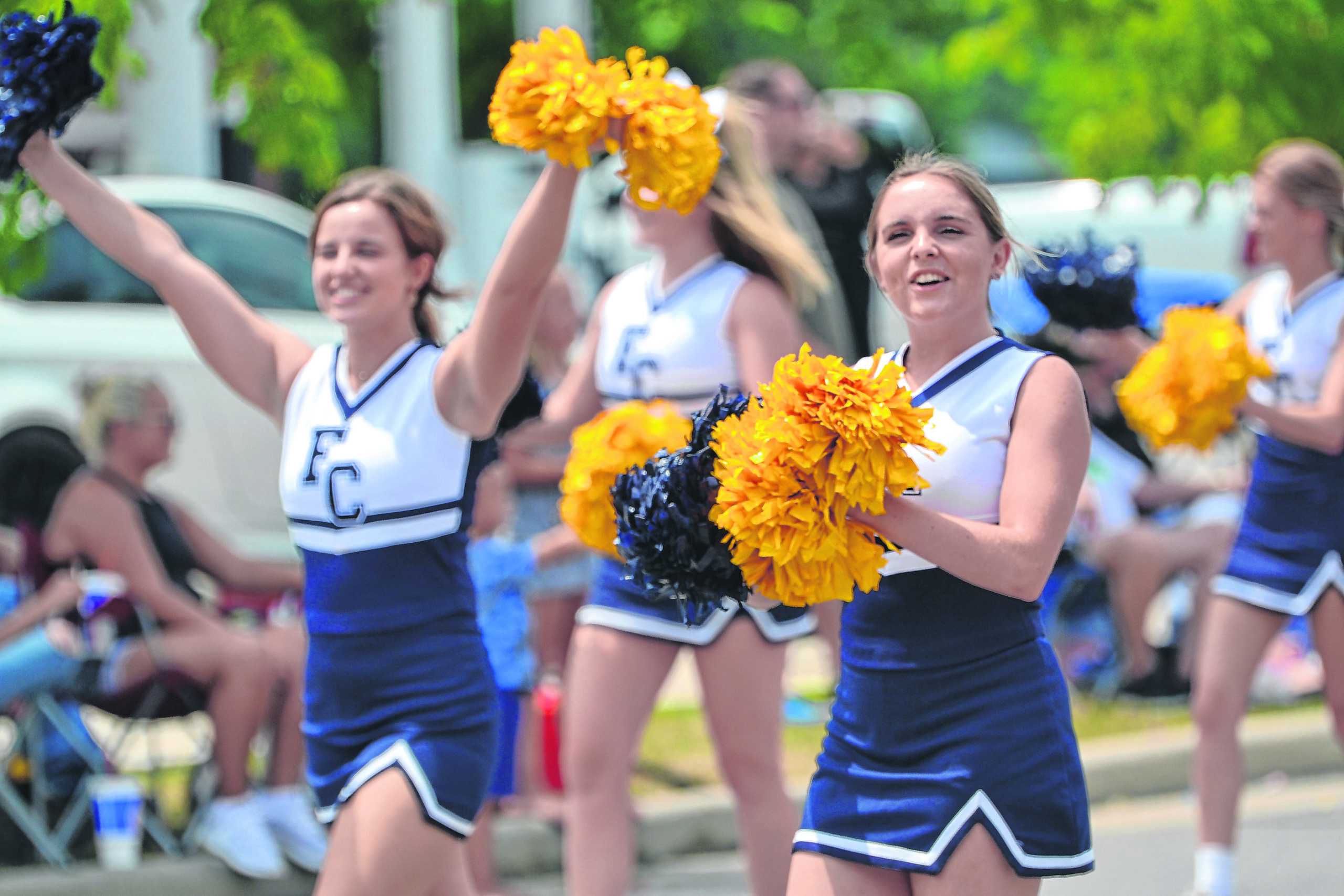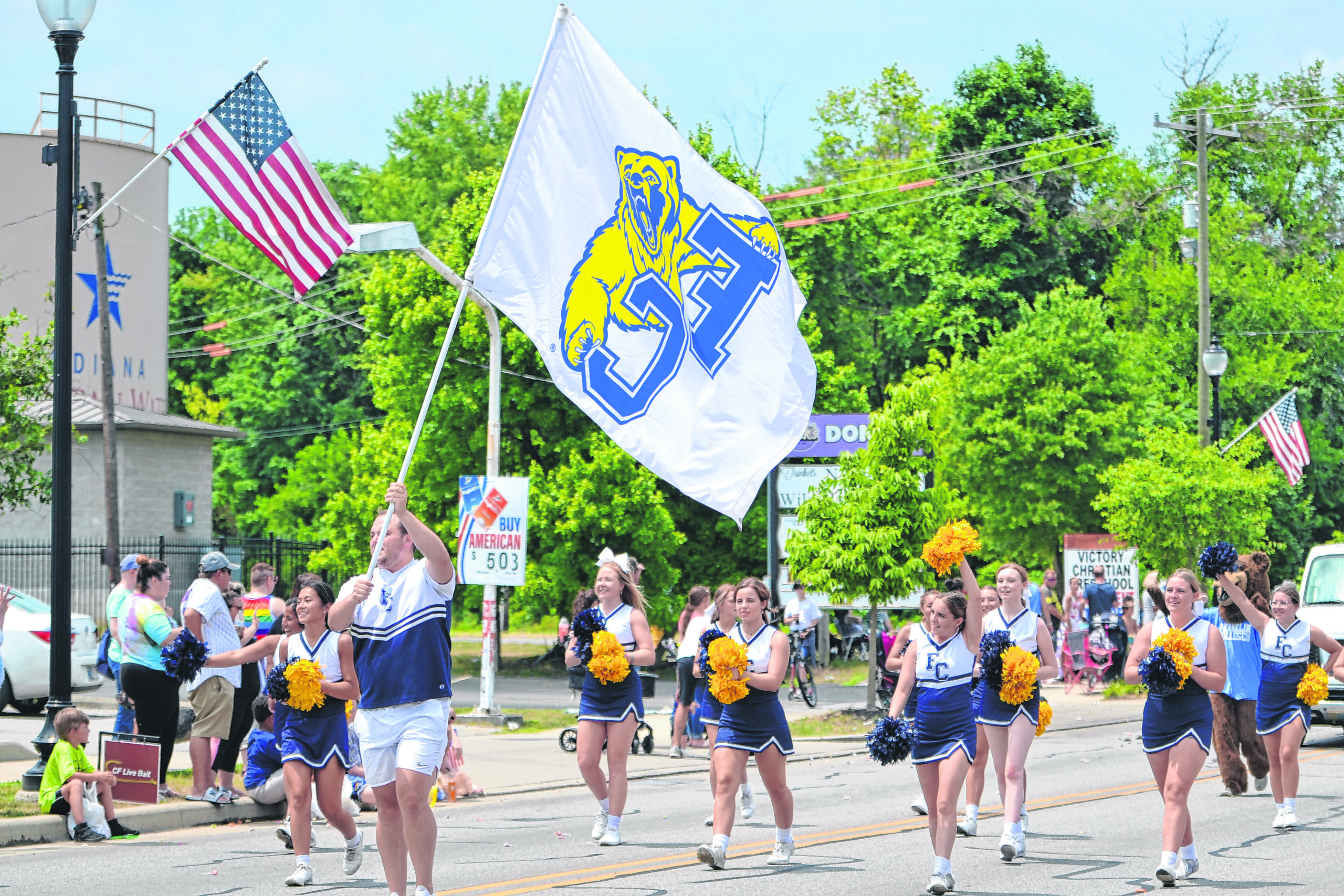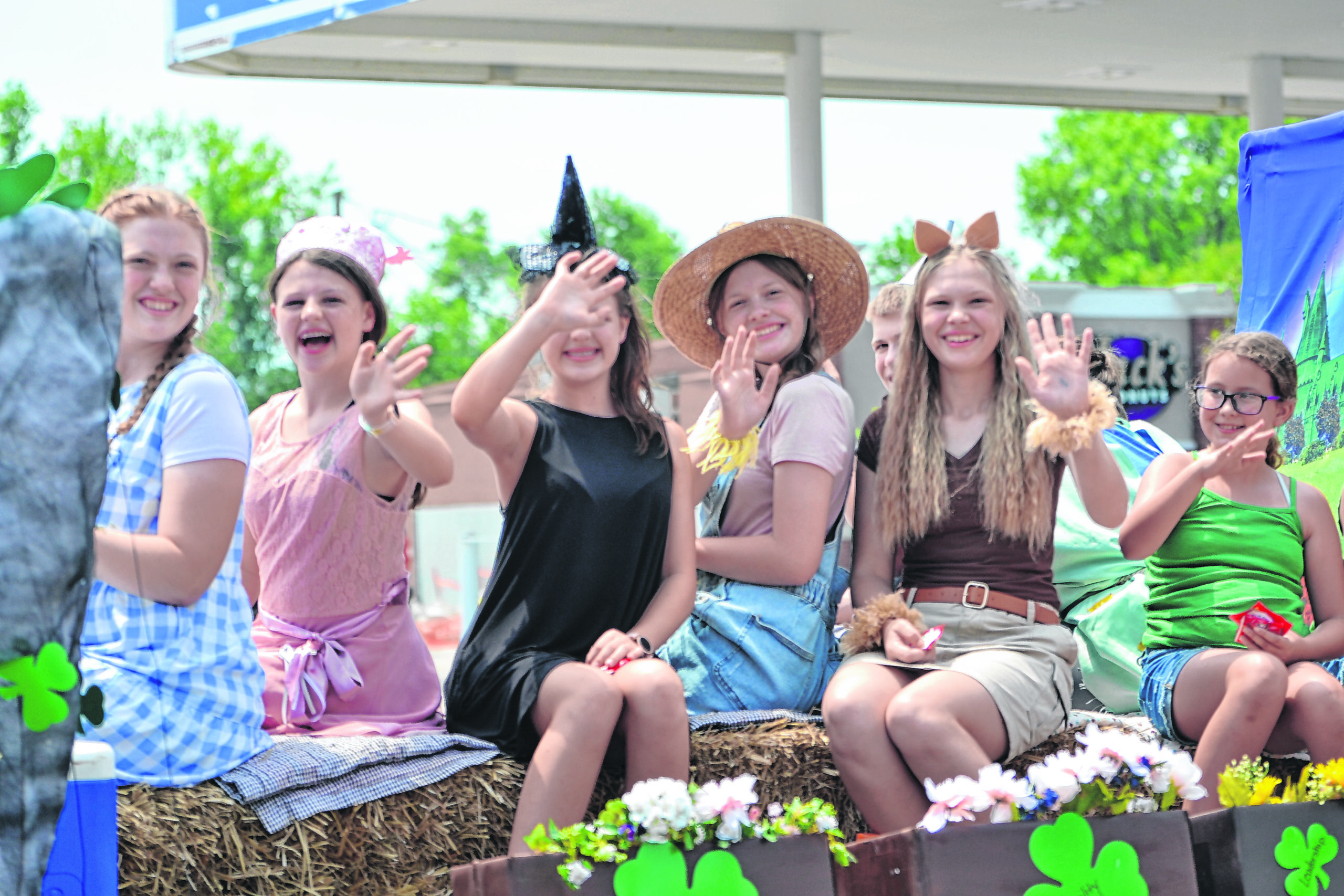Indiana’s Lt. Governor Suzanne Crouch took a few minutes to talk about state priorities and gubernatorial prospects with the Daily Journal before she joined the Johnson County 4-H and Agricultural Fair Parade on Saturday.
Q: What brought you to Johnson County today?
A: Johnson County is such an important part of Indiana’s success with what they’re doing with the local economy here and the quality of life. Being a donut county, there is importance the county plays not just in Central Indiana, but the entire state. I wanted to be here to be a part of the celebration.
Q: Do you think the governor’s inflationary relief package does enough to help Hoosiers?
A: As the governor has pointed out, that will allow each taxpayer, instead of getting $125, to get $350, which hopefully will help offset some of the pain they are feeling at the gas pump and with rising prices in the store. It is a way to return the people’s money to them. I say that every dollar that comes to the government has a name and a face attached to it. So, this excess money is really the people’s money. So, what better way to help the people than to give them their money back.
Q: Should the state be making plans for the $6 billion surplus? Could money be used to help local governments with roads, mental health, or workforce development?
A: All of those issues are extremely important. What the governor is proposing is that right now, even though it isn’t a budget session, let’s look at that money we’ve gotten that is above and beyond what we’ve projected our revenues to be (and give that back to taxpayers.) Next year is the budget session and that is when the General Assembly will take up those larger issues and how we fund them using the surplus to go ahead and help Hoosiers in those areas. I believe that is something we will see, but I think that will be in the budget session.
I have a passion for addiction and mental health. I was thrilled that the FSSA (Family and Social Services Administration), with the Division of Mental Health and Addiction, announced this past week almost $110 million in investment to groups that are helping with mental health issues here with Hoosiers. With the roll out today of the 988 hotline, now Hoosiers, instead of calling 911 when they have a (mental health) emergency. Now they can call 988 not just when they have an emergency, but if they have questions, or if they need help connecting to professionals.
Q: Affordable housing is an issue that the whole state, the whole country and people in Johnson County are facing. Is there something more IHCDA could do to help?
A: The general assembly last session established the affordable housing task force that is made up of representatives and stakeholders to look at a legislative fix to be able to address our housing shortage. As we continue to grow jobs – and last year we had 31,700 new job commitments – we have to have places for people to live. So, one of the projects that Indiana Housing and Community Development Authority is promoting is affordable housing … There are more things we need to do and I think we are going to see the General Assembly take this issue up in next year’s session. This past session, they also passed an affordable housing tax credit which will help spur investment in housing throughout Indiana. We are doing some things and we are studying the issue to see what more we can do. To your point, we can’t continue to grow our economy if we don’t grow affordable housing.
Q: An issue people talk about in Johnson County is balancing the future of agriculture with the growth of industrial parks. Do you have any on ideas how to make agriculture more sustainable for farmers?
A: It is an economic development versus property rights issue. Certainly as secretary of agriculture and rural development I’m very supportive and dedicated to agriculture in Indiana. We are the 10th largest farming state and agriculture contributes $31 million to our state’s economy. One thing a lot of people don’t know if 83% of Indiana’s geography is farmland, woodland or forest. Think about that – 83%. Farmland is extremely important.
As the population grows we are going to have to feed more people. That’s why technology and ag-bioscience is so important — so we can deliver more for less as we move into the future.
But also, one of the things that many, many companies are looking into is — if there are solar projects — how do we support agriculture along with those. They’re looking at how to support bees and monarch butterflies with those … There is a way to be able to support and add value with those projects for farmers.
Q: Do you think it is time for Indiana to have a woman as governor, and do you have any aspirations to run in 2024?
A: When Hoosiers look at electing their governor, they’re looking for someone with experience and they’re looking for someone with a passion for Indiana. (They’re thinking) how is that person going to help me as an everyday Hoosier? So, what I will say is, through my years of public service as a county auditor, a county commissioner, a state representative, an auditor of state and now lieutenant governor, I certainly have the preparation and experience … Timing is always an issue, but I certainly will be looking at those next steps for me and how it is that I can take the experience that I have to make life better for Hoosiers going forward. What I can say is there will be some kind of an announcement after the November election.




